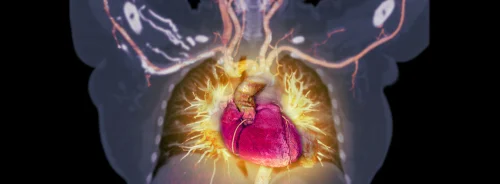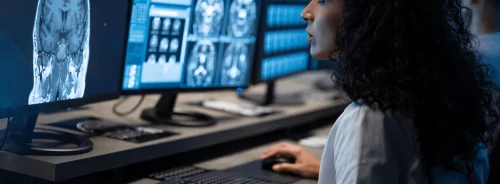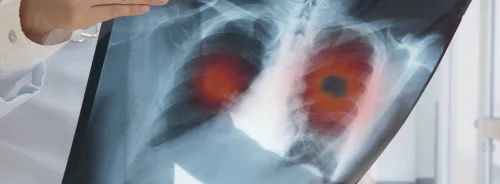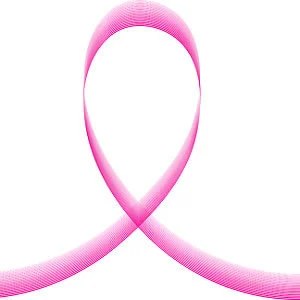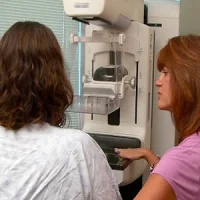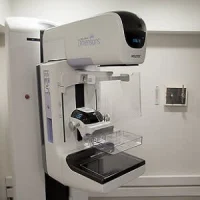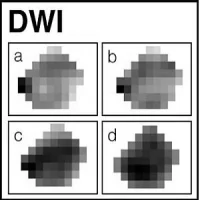According to new research in the journal Clinical Imaging, surveillance magnetic resonance imaging (MRI) in breast cancer survivors may increase detection of subsequent cancers while increasing rate of biopsy.
Guidelines regarding surveillance MRI in women with a personal history of breast cancer remain controversial. Currently the American Cancer Society (ACS) and the National Comprehensive Cancer Network (NCCN) do not recommend for or against the use of surveillance MRI in this patient population. Breast cancer survivors, however, are at increased risk for developing a subsequent breast cancer and early detection of these recurrent breast cancers can lead to improved survival.
Moreover, a recent study by Lehman et al. concludes that screening MRI should be considered as a supplement to mammography in women with a personal history of breast cancer. As there remains a limited amount of data regarding this question, the current study further investigates the role of screening MRI for patients with a personal history of breast cancer and examines the biopsy rate, cancer detection rate and positive predictive value.
Researchers performed a retrospective review of all patients with a personal history of breast cancer who underwent surveillance MRI as part of routine follow-up from 2007 to 2015. Baseline characteristics of patients including age, menopausal status, family history, genetics, primary histology, primary stage, and history of radiation therapy, chemotherapy or endocrine therapy were reviewed. In all, 186 patients met inclusion criteria.
The majority of women (80.1%) had either heterogeneously dense or scattered breast density. Most breasts (71.5%) were characterised as having either mild or minimal breast parenchymal enhancement. In total, these 186 patients underwent 491 surveillance MRIs over the study period with average length of follow-up 77 months. The average number of MRIs per person was 2.64 and the average number per person years was 0.52. One hundred seven biopsies were performed during this time on a total of 74 patients.
Results showed that the positive predictive value for biopsies prompted by MRI findings was 0.24 (95% C.I. 0.10–0.38). Eight of the nine subsequent cancers were initially identified on screening MRI alone.
"In our study, women with a personal history of breast cancer alone had a higher number of surveillance MRIs per person year than women with a personal history in addition to genetic mutation or family history, 0.56 vs. 0.53; however, this did not reach statistical significance," the researchers note. "However, patients with a personal history of breast cancer plus genetic mutation or family history were more likely to require a biopsy during the study, and these biopsies were more likely to be due to MRI findings alone than patients with a personal history of breast cancer alone."
Based on the results of this study, surveillance breast MRI in women with a personal history of breast cancer alone cannot yet be recommended; however, a prospective randomised trial is needed to clarify the utility of breast MRI in this population, the authors conclude.
Source: Clinical Imaging
Image Credit: Pixabay
References:
Tadros, Audree et al. (2017) Utility of surveillance MRI in women with a personal history of breast cancer. doi.org/10.1016/j.clinimag.2017.06.007
Latest Articles
breast cancer, Biopsy, surveillance magnetic resonance imaging, cancer detection
According to new research in the journal Clinical Imaging, surveillance magnetic resonance imaging (MRI) in breast cancer survivors may increase detection of subsequent cancers while increasing rate of biopsy.

